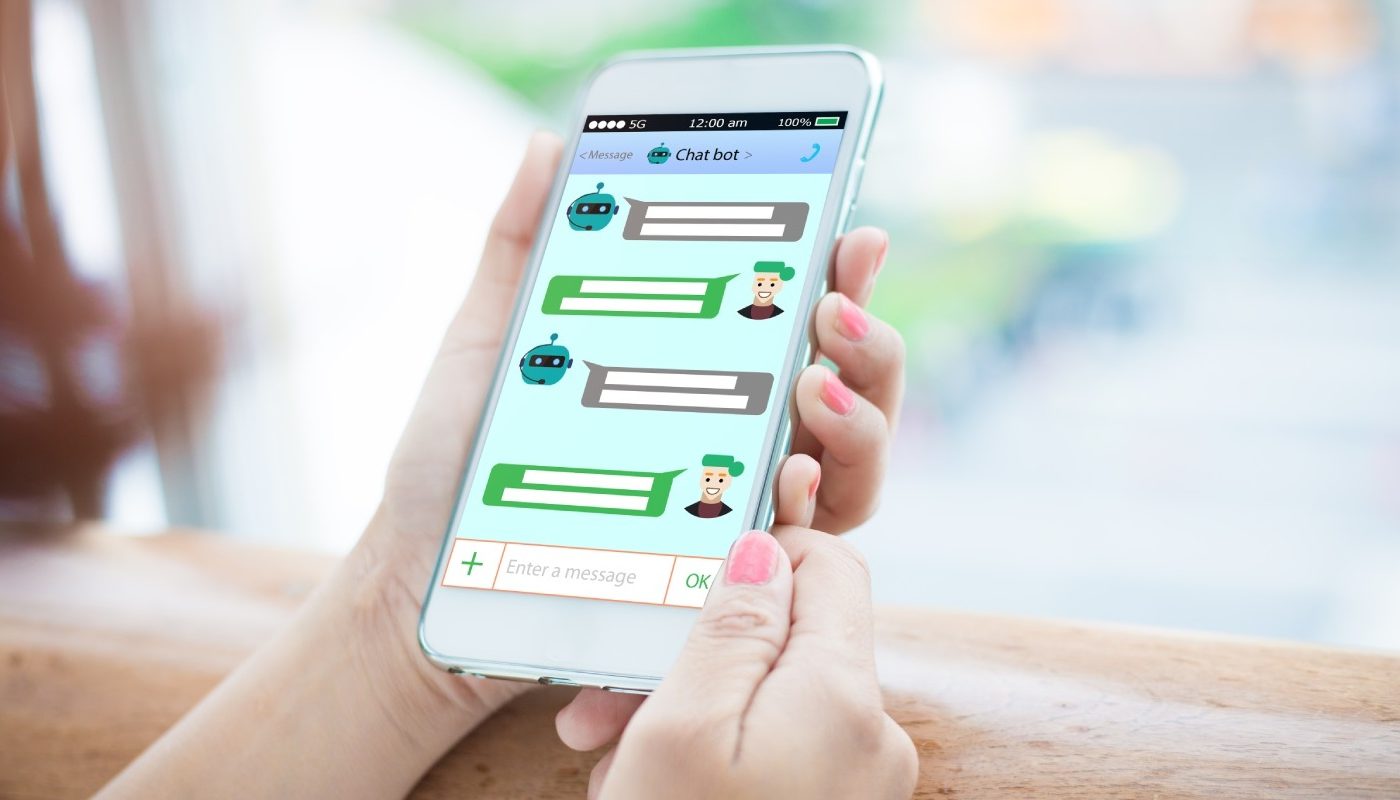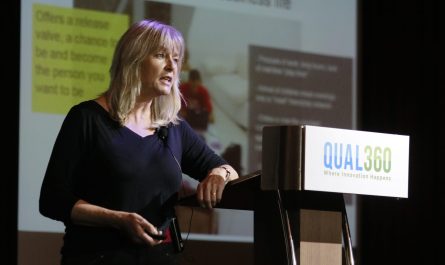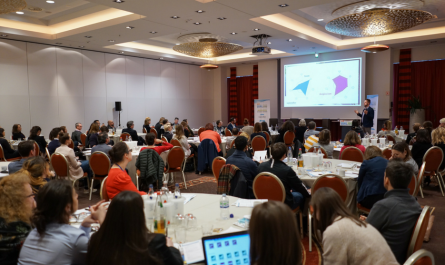RBC, Royal Bank of Canada, is Canada’s largest bank and market leader in the New Canadians market. RBC dedicates itself to insight-driven strategies to meet and exceed New Canadians’ expectations. In addition to the brand-centric view of customers, RBC teamed up with Nexxt Intelligence to carry out AI supported qualitative research to explore how the role of brand fits into customers’ purchase journeys in the summer of 2019. Kathy Cheng, CEO, Nexxt Intelligence and Susane Orlowski, Client Experience Design and Insights, RBC presented their project at Qual360 Europe 2021.
The Challenge
According to the Harvard Business Review, “a customer journey map is a very simple idea: a diagram that illustrates the steps your customer(s) go through in engaging with your company, whether it be a product, an online experience, retail experience, or a service, or any combination.”
Mapping customer journeys, however, isn’t simple. Journeys are highly individual and complex. Many details are hard to remember post-purchase. Because of this, journey mapping is typically conducted in a qualitative environment where moderators build rapport and play an enabling role. That approach allows for deeper understanding of each individual, but it’s also prohibitively expensive and complicated to scale—which makes it difficult to see big picture trends or account for the different journeys of different customer types.
Methodology
With that challenge in mind, inca, Nexxt Intelligence’s AI-powered insight platform was used to facilitate engaging research conversations at scale. inca is built upon qualitative research fundamentals—such as participant engagement, inquisitive probing, and enabling techniques—delivered by a chatbot purpose-built for exploratory research.
With inca, RSB “went on the journey” with 925 newcomers across Canada through visual user interfaces and individualized conversations. To get as close as possible to their different paths, while identifying common touchpoints, triggers and frustrations.
“inca made it easy for respondents to provide journey mapping details that most would not typically remember. The findings enabled us to quickly see and size hidden opportunities to improve and gain competitive edge.” Susane Orlowski, Client Experience Design and Insights, RBC
Results
By mapping different styles and preferences based on customer purchase journeys, the research provided RBC with powerful insights to help build the right experiences that address the right need states and identify where and why consumers feel assured or frustrated at key points on their paths-to-purchase.
The qualitative research looked into both customers acquired (for improved path-to-purchase for future customers) and opportunities missed (for improved conversions). A holistic view of different customer types in relation to brand was useful to optimize various elements of the brand message, product and touchpoints.
Key Takeaways
The use of chatbot or AI-led research conversations is still in its infancy. However, there are bold statements indicating that chatbots are the future of market research. A promising future aside, we have heard plenty of questions and skepticism from our research and insight community. So is it really better, or is it just another fad? The answer to that is: it depends on how chatbots are designed and used. Through this research, we reflected on how to lead genuine conversations to bring the full potential of conducting qualitative research at scale through chatbot led conversations.
- Interface matters: Just a chat interface is not enough. Just like in in-person interviews, we play games with participants. Gamification through interactive interfaces makes it easier or even delightful for consumers to fully participate.
- We need to create an interface the support both open-ended and close-ended questions to optimize the chat experience and research outcomes.
- Build rapport: Stop building questionnaires and start designing conversations. We need to ask the right questions during qualitative research. Use the right language and the right tones for the right audience and we know they will reciprocate. We know that the extra effort put into scripting pays off when we receive vivid consumer language in return.
- Listen, understand, and nudge: Chatbots create the impression that someone else on the other side is listening. Asking intelligent follow-up questions is not just for the sake of the richness of research findings. It is also an effective engagement technique. Probing for deeper insights shows that bot understands and cares. It also conveys the importance that the participants should think harder and provide more details.
Kathy Cheng, CEO, Nexxt Intelligence and Susane Orlowski, Client Experience Design and Insights, RBC presented this case study at Qual360 Europe 2021. To watch the full presentation, visit the Qual360 video library. It contains hundreds of case studies from our Qual360 events.
If you enjoyed this article you will also like: Strengthening Colt’s Customer Intelligence: Technology, Tradition & Telling. Additional case studies are available in our blog archive and our video library! Your next chance to join Qual360 live is coming up on June 16&17 with our Qual360 North America virtual edition!
Sign up to our Email alerts for news, updates and special offers!










 by
by 

